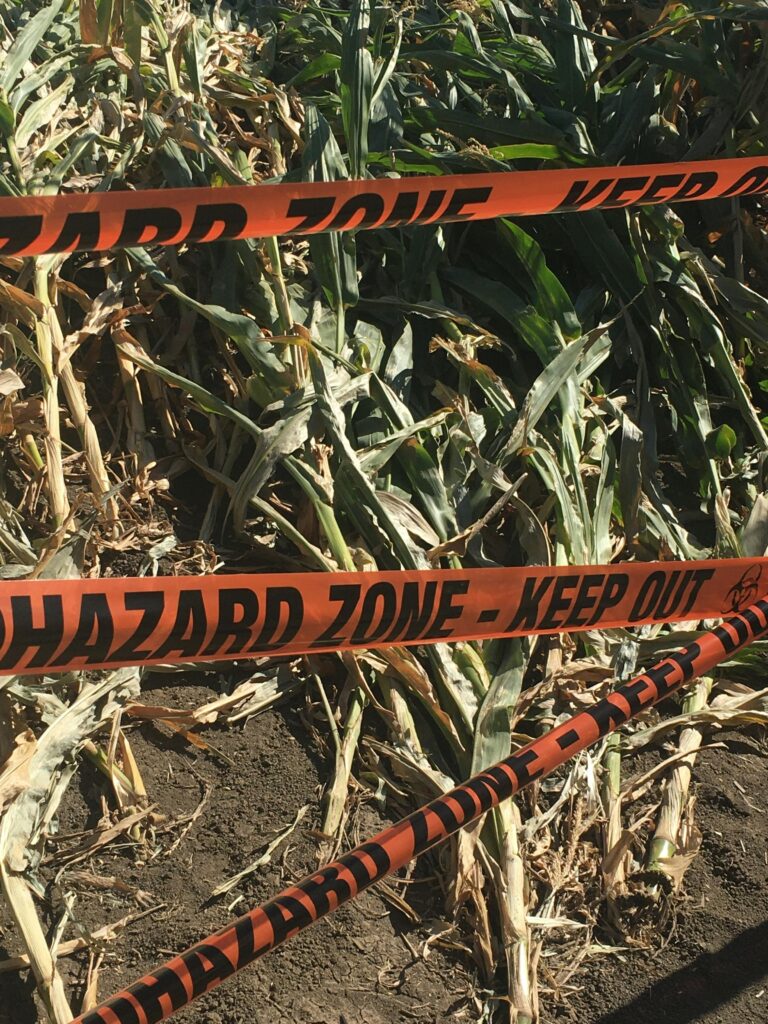Business hazard insurance

Introduction
In today’s dynamic business environment, entrepreneurs face a variety of risks that can disrupt operations, damage assets, and threaten the survival of their ventures. Business hazard insurance, a vital component of commercial insurance policies, helps mitigate these risks by protecting businesses from unexpected events like fires, theft, vandalism, and natural disasters. This article delves into the details of business hazard insurance, exploring its importance, coverage options, and how it can safeguard your enterprise from financial losses.
What is Business Hazard Insurance?
Business hazard insurance, often referred to as property insurance or hazard coverage, is designed to protect the physical assets of a business. This includes buildings, equipment, inventory, and other tangible assets against damage caused by covered perils. While it does not typically cover liability claims or employee injuries, it provides a safety net for businesses to recover quickly from physical losses.

Why is Business Hazard Insurance Essential?
- Protection Against Financial Loss: Business hazard insurance prevents financial ruin by covering the cost of repairs or replacement of damaged assets.
- Compliance with Lender Requirements: If your business property is financed through a loan, lenders often require hazard insurance as part of the agreement.
- Business Continuity: With the right policy, businesses can recover from disruptions swiftly, ensuring continuity and stability.
- Peace of Mind: Knowing your business is protected allows you to focus on growth and operations without constant worry about unforeseen events.
Key Components of Business Hazard Insurance
- Covered Perils: Business hazard insurance typically covers events such as:
- Fire and smoke damage
- Theft and vandalism
- Windstorms and hail
- Burst pipes and water damage (excluding floods)
- Certain natural disasters (depending on the policy)
- Exclusions: While hazard insurance covers many risks, it usually excludes:
- Flood damage (requires separate flood insurance)
- Earthquakes (requires earthquake insurance)
- Wear and tear or maintenance issues
- Acts of war
- Policy Limits and Deductibles:
- Policy limits refer to the maximum amount the insurer will pay for a covered loss. Ensure your coverage is adequate for your assets’ replacement cost.
- Deductibles are the out-of-pocket costs you must pay before the insurance kicks in. A higher deductible may lower your premium but increases your upfront expense during a claim.

Types of Businesses That Benefit from Hazard Insurance
- Retail Businesses: Protects inventory, fixtures, and storefronts from theft, fire, and other damages.
- Restaurants and Cafés: Covers kitchen equipment, dining areas, and food supplies against unforeseen incidents.
- Manufacturing Units: Safeguards machinery, raw materials, and finished goods.
- Home-Based Businesses: Homeowner’s insurance may not cover business assets, making hazard insurance essential.
- Service Providers: Protects office equipment, computers, and other operational assets.
How to Choose the Right Policy
- Assess Your Risks: Identify the most likely risks based on your business’s location, industry, and operational activities.
- Determine Coverage Needs: Calculate the value of your physical assets and ensure the policy covers their full replacement cost.
- Understand Policy Terms: Carefully read the policy’s terms, conditions, and exclusions to avoid surprises during a claim.
- Bundle Policies: Many insurers offer business owner’s policies (BOPs) that combine hazard insurance with liability and business interruption coverage, often at a lower cost.
- Consult a Broker: Insurance brokers can provide expert advice tailored to your business’s specific needs.
Steps to File a Claim
- Document the Damage:
- Take photographs or videos of the damaged property.
- Compile an inventory of the affected assets, including receipts or proof of ownership.
- Notify Your Insurer:
- Contact your insurance provider as soon as possible to report the incident.
- Provide all necessary documentation to expedite the claims process.
- Work with an Adjuster:
- An insurance adjuster will assess the damage and determine the payout amount.
- Repair and Rebuild:
- Once the claim is approved, use the funds to repair or replace the damaged assets and resume operations.

Tips for Lowering Premium Costs
- Implement Safety Measures: Installing fire alarms, security systems, and surveillance cameras can reduce risks and lower premiums.
- Maintain Your Property: Regular maintenance and upkeep can prevent claims related to neglect or wear and tear.
- Choose a Higher Deductible: Opting for a higher deductible can decrease premium costs but increases out-of-pocket expenses during claims.
- Bundle Insurance Policies: Combining hazard insurance with other policies, like liability or business interruption insurance, can lead to discounts.
- Shop Around: Compare quotes from multiple insurers to find the best deal without compromising coverage.
The Role of Hazard Insurance in Business Continuity Planning
Business hazard insurance is a cornerstone of effective business continuity planning. By ensuring that physical assets are protected, it allows businesses to recover from disruptions more efficiently. Coupled with business interruption insurance, which covers lost income during downtime, hazard insurance can make the difference between a temporary setback and permanent closure.
FINAL WORDS
Business hazard insurance is more than just a regulatory requirement or a lender’s stipulation; it’s a vital tool for safeguarding your business against unforeseen events. Whether you run a small home-based operation or a large enterprise, investing in a robust hazard insurance policy ensures that your physical assets are protected and your business is prepared to weather any storm. By understanding your risks, choosing the right coverage, and implementing proactive measures, you can secure your business’s future and focus on what truly matters—growth and success.




